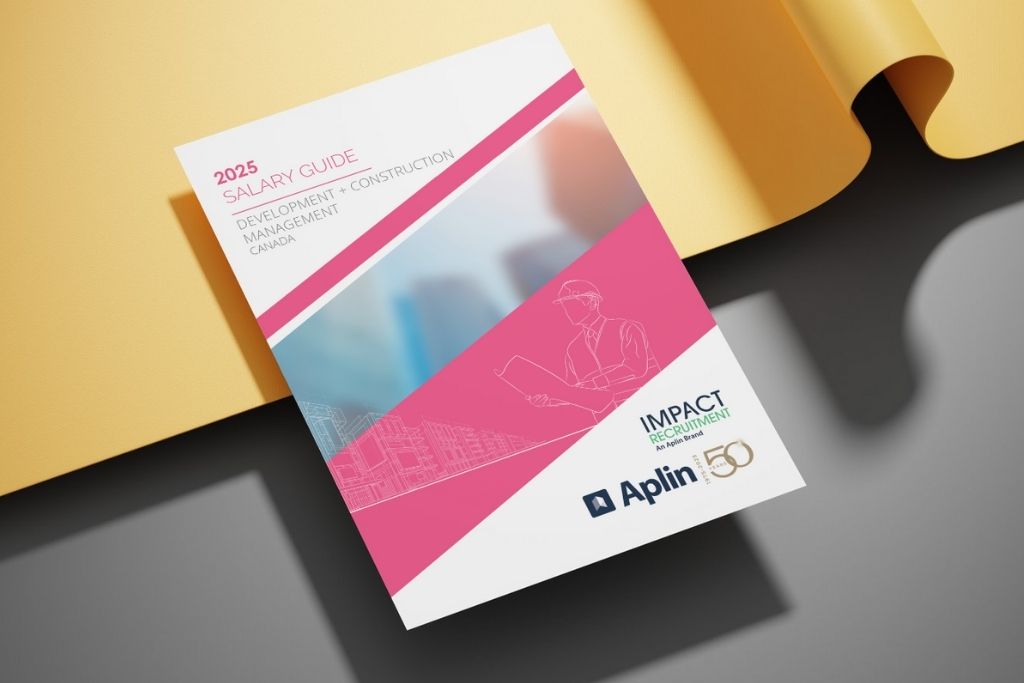Hiring in an Economic Slump
October 7, 2016
Share This Article
Topgrading helps us uncover high-performing “A players”. It is an evaluative method for identifying the most highly qualified candidate for a particular job position. The method is best used in either new hires or the promotion of current employees.
Should we hire now or should we wait? If we wait, for how long? What if we don’t hire? Are we missing out?
As our firm’s Vice President of Recruiting for Alberta’s “neighbouring provinces” (Saskatchewan and British Columbia), I am often asked by clients, “How do we hire during a downturn? Or should we even bother hiring right now? ” I’ll do my best to shed some light on this situation. You’ll find below my two cents (actually three cents) on factors you may want to consider when making personnel decisions, particularly while the price of oil and the Canadian dollar hover at record lows.
Topgrading – It’s a thing, so take advantage.
A strategic and forward-looking organization will use the current recession as an opportunity to restructure their workforce and “top-grade” their employee base. This can be done through a combination of layoffs, hiring, training, and coaching. Think about it: there are some brilliant professionals out there who are currently unemployed or incredibly nervous about their company’s financial health and stability.
One of the most vexing problems company’s face during an economic downturn is how to handle personnel decisions. I say jump in – with both feet! There is a high probability your current team has some underperformers. What better time than now to hire and train the best of the best? A downturn is the perfect time to on-board and coach new employees. Smart companies know that recessions eventually pass and what comes out on the other side, should you choose to take the strategic approach, is a much stronger team. Proper top-grading will require you to conduct an ongoing analysis of your current and future business needs. It will also require continuous evaluation of the talent pool for potential candidates. Make certain you have a plan to execute on this.
Okay, okay, I get this top-grading thing, but we can’t afford this today – what now?
Candidate Communication is Essential.
Put yourself in the shoes of a job seeker for a moment. You are un-employed. You just attended an interview. You nailed the interview. You are pumped! You run in the door and share the news with your partner. You convey your enthusiasm about the opportunity….Three weeks pass… CRICKETS!
Candidates are actively job searching, and trust me when I say they are applying to more than just your company. It is our role as employers to follow-up on a timely basis – this is a professional courtesy. Let’s not lose sight of the fact that as hiring managers, we are dealing with someone’s livelihood. Be clear: communicate to candidates how long the hiring process will take, how many rounds of interviews there might be, if there is testing involved, and when you expect to extend an offer. Informed candidates are interested in working for a reputable employer.
Be that employer! Candidates deserve respect. You would expect timely communication if you were job searching; let’s all do the market a favour and communicate effectively. If you are not in a position to hire right now, let the candidate know. Your honesty will go a long way, particularly as they evaluate their opportunities.
Quality vs. Quantity.
Let’s be honest, you have the pick of the litter out there right now. With a copious volume of talent on the market, you have choices. Let’s make certain that as hiring managers you approach hiring from an “eyes wide open” perspective and not get fooled into thinking more applications means better quality candidates.
Reality check: When companies reduce costs, they often rank their employees and conduct layoffs accordingly. It is important to maintain your hiring practices, use appropriate judgement and evaluate talent both properly and efficiently.
As originally published in WE BUILD Magazine, Saskatchewan Construction Association. Issue 2, Summer 2016.




